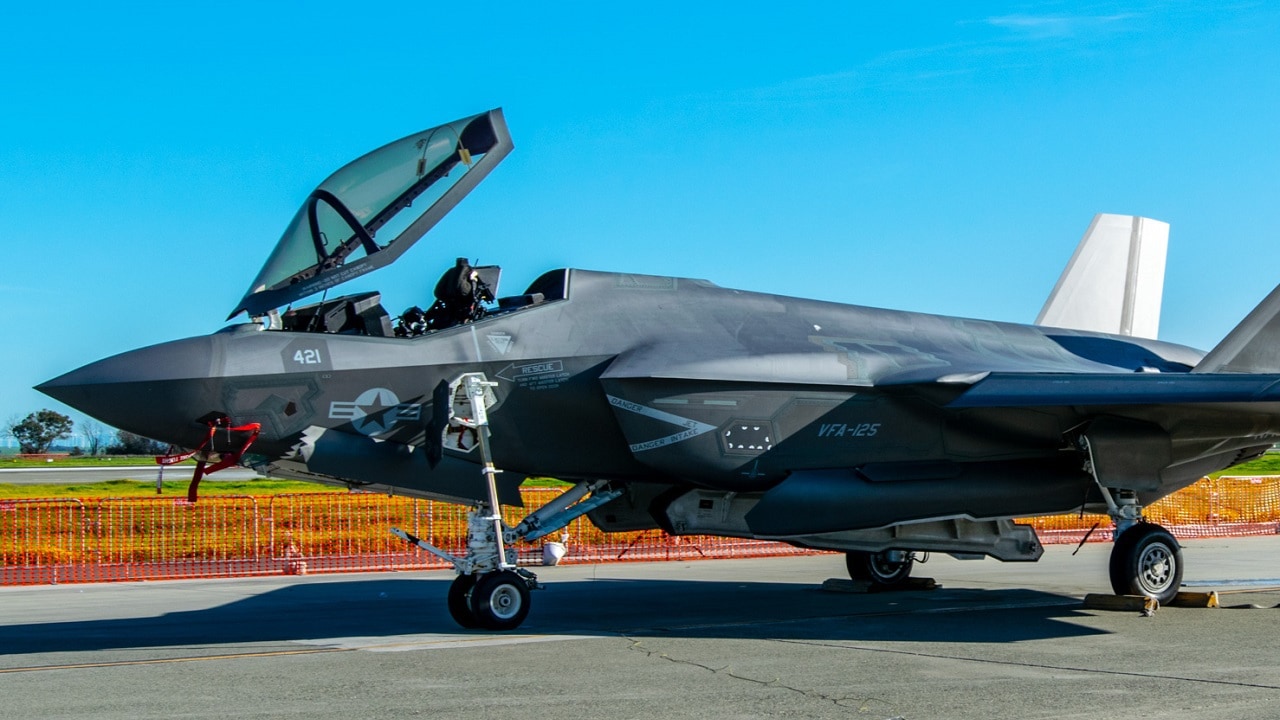Leaked Video Shows F-35 Stealth Fighter Crash Aircraft Carrier USS Carl Vinson: New details are emerging about a wreck involving an F-35C Lightning II aboard the aircraft carrier USS Carl Vinson. An unauthorized video of the January 24 ramp strike accident has been leaked. Video cameras on the Vinson show the fighter plane smashing into the carrier before the F-35C skates across the deck and dives into the South China Sea.
What does the Video Show?
The agonizing new video can be viewed below but not it is surely disturbing to watch. It shows the $100 million airplane coming in hot and off-target as it spins out of control on the flight deck. Frantic yelling can be heard as the plane rams into the carrier in the chilling clip.
Good Thing the F-35 Pilot Was Able to Eject
The pilot ejected and he was in stable condition after being picked up by a helicopter. Seven sailors on the flight deck had to be hospitalized too. Three were released from care.
Who Leaked the Video?
Pentagon spokesman John Kirby said the navy is not only investigating the wreck but also examining how the video has been leaked to the public.
F-35 Pilot Told to Abort the Landing
While the audio track of the clip seems unintelligible, USNI News was able to tease out what was actually said by the landing signals officer. This sailor was telling the pilot to “wave off” and take another trip around the carrier before trying to land again.
It’s not clear if the aviator was able to hear these warnings. The crash happened so quickly that it doesn’t appear that the pilot had enough time to abort the landing. The video shows the airplane in flames as it skids down the flight deck at a high speed.
The Navy Has Digital Control Systems In Place to Make Accurate Arresting Techniques
F-35C’s have automatic landing systems and this feature could have failed before the ramp strike. Carriers also have the Joint Precision Approach and Landing Systems, or JPALS to promote correct arresting procedures.
A Pilot Offers His Views
Peter Layton, a former Royal Australian Air Force officer, told CNN that the wreck was scary.
“As the aircraft is coming down the flaps are working overtime backwards and forwards. It looks like the pilot has lost control and is suffering oscillations,” he said.
The investigation will likely focus on actions conducted by the carrier’s landing system and the software on the F-35C.
Who Can Get to the F-35 Wreckage First?
Since the fifth-generation fighter went down, there has been a rush to salvage the wreckage. The zone of searching is in the northern area of the South China Sea – about 185 miles west of the Philippines and 350 miles east of the Paracels.
China is in control of the Paracels and is likely trying to find the location of the wreckage too. The airplane is believed to be somewhat intact, so there is an added incentive to find it.
Navy Is Experienced In Salvaging Aircraft
The Salvage Operations unit of the Naval Sea Systems Command has shown it can recover aircraft that have sunk to the bottom of the ocean. In April of 2021, sailors were able to recover a downed MH-60 Seahawk that was 19,075 feet deep in the Philippine Sea.
The navy is likely to block off the area during the search for the F-35C. This would make it difficult for the Chinese to conduct their own successful salvage attempt. But the F-35C crash investigation should be instrumental in forcing the navy to improve flight deck techniques and procedures on carriers for all aircraft.
Now serving as 1945’s Defense and National Security Editor, Brent M. Eastwood, PhD, is the author of Humans, Machines, and Data: Future Trends in Warfare. He is an Emerging Threats expert and former U.S. Army Infantry officer. You can follow him on Twitter @BMEastwood.

